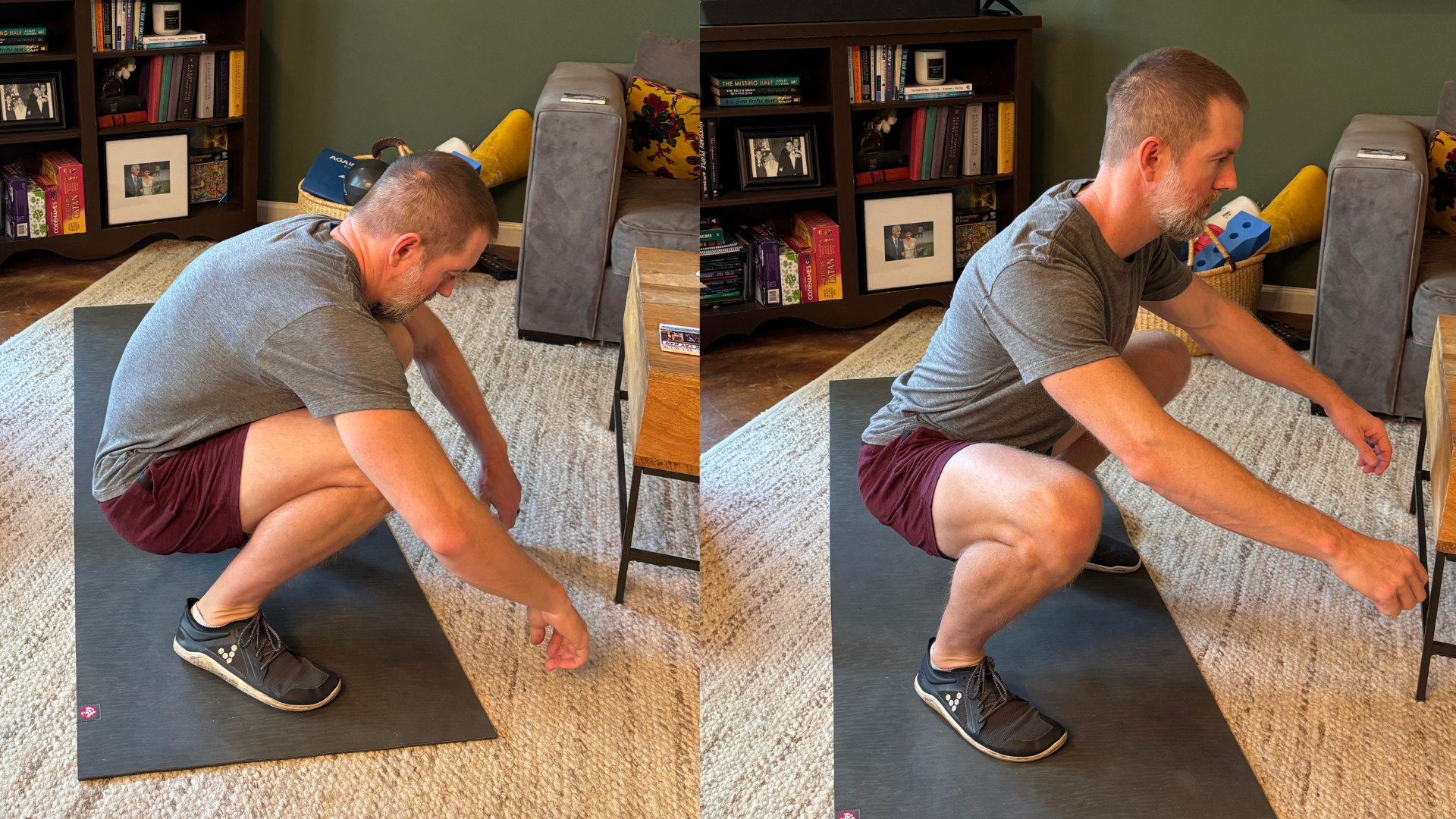Benefits of Heat Stress
If you think heat exposure for heat stress is more enjoyable than cold exposure for cold stress, then you may need to stay in the heat a bit longer. For us, heat seems to be easier to get into, but it takes a bit longer than cold stress and the post heat stress sweating can be more disruptive to the day than cold and done. They are both great, but point of those last sentences is to get you to also try cold exposure:)
Traditional saunas and Infra-red Saunas are all the rage right now in the health and fitness industry, but do you need a sauna for heat stress? The short answer is no, but we’ll get into it in this article along with the benefits of heat exposure for heat stress, some tips on how to incorporate heat stress into your real-world life, along with links to some of our favorite experts.
Benefits of Heat Stress:
Improved cardiac function and lower risk of hypertension, dementia, and Alzheimer’s disease.
Turns on longevity pathways that slows aging, promotes cellular repair, reduces inflammation, and improves lifespan.
Improves immune system function.
Excretion of heavy metals that can only be released through sweat.
Improved muscle mass through higher HGH (human growth hormone) levels.
Increased endurance through being an exercise mimetic and increasing plasma volume and blood flow to heart and muscles.
Increase of norepinephrine (also called noradrenaline) 300%.
Improved mitochondria function and increase in brown fat cells
Improved mental health and reduces depression.
The MovementLink Protocols for Heat Stress
1-7 Days Per Week
6-15 minutes of Heat Stress from Traditional Sauna or Hot Bath. Our timer doesn’t start until we get the urge to want to get out. Typically we can tell that our heart rate has risen and maybe we have started to sweat. Depending on the method and the temperature, the duration required changes. You can get heat stress by being outside in 90+ degree Fahrenheit temperatures long enough, but our focus here is smaller doses when you life doesn’t present you with and hour or more outside in the heat.
A sauna is great. We don’t know yet about infra-red saunas, but our sense is that they are OK, but would require more time than traditional saunas to get into heat stress mode. Most research is done on traditional saunas that are 180 degrees Fahrenheit or more, but our sense is that lower air temperatures just need higher doses to trigger heat stress.
Hot tubs and hot baths are great. Water conducts heat from our bodies different than air, so the temperatures required are much lower. We make sure we are as submerged as possible and that our hands and feet stay submerged as they are primary gateways to cool the body and with heat stress being the goal, we want to keep them submerged in the hot water. Hot tubs that are 103-105 degrees Fahrenheit seems to be great. We needed to turn our water heaters up, and have found that a hot bath, although extremely effective, is harder to control the exact temperature as the water coming out can be 125+ degrees Fahrenheit, but the bath will be much lower than that. We just make sure we are careful as to not burn our skin. What about hot showers? We think its because of the lack of immersion in heat, but we don’t seem to get heat stress from hot showers…but like infra-red sauna, if we took an extremely long hot shower, we bet we'd get there, it’s just less practical.
We try and perform our heat exposures in the afternoon to evening. Our body fighting to cool us down during and after heat exposure has a net cooling effect on our body’s core temperature which is in line with a synched circadian rhythm and beneficial for sleep and health.








